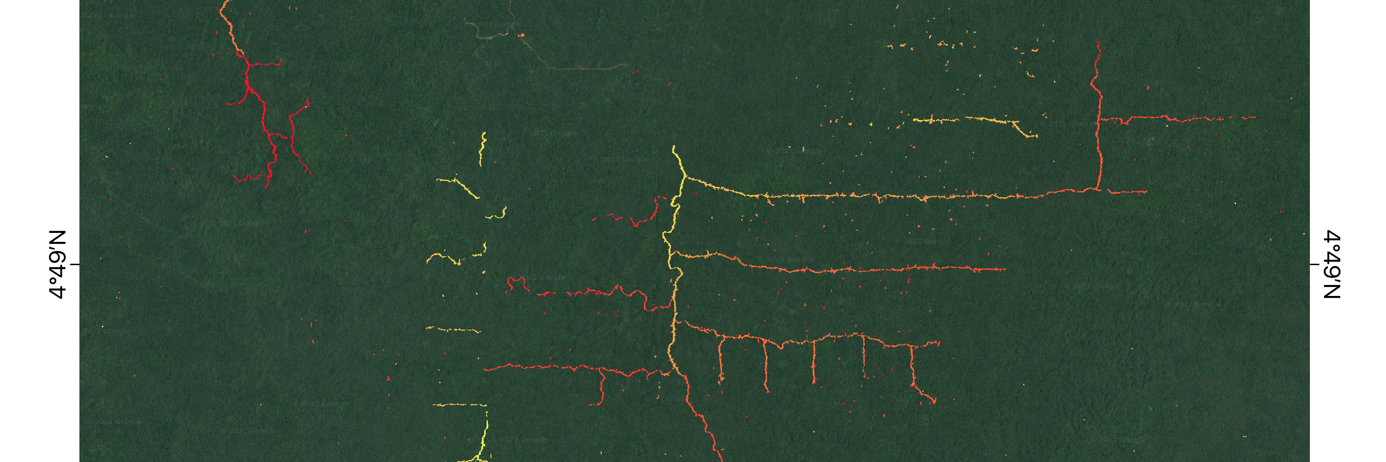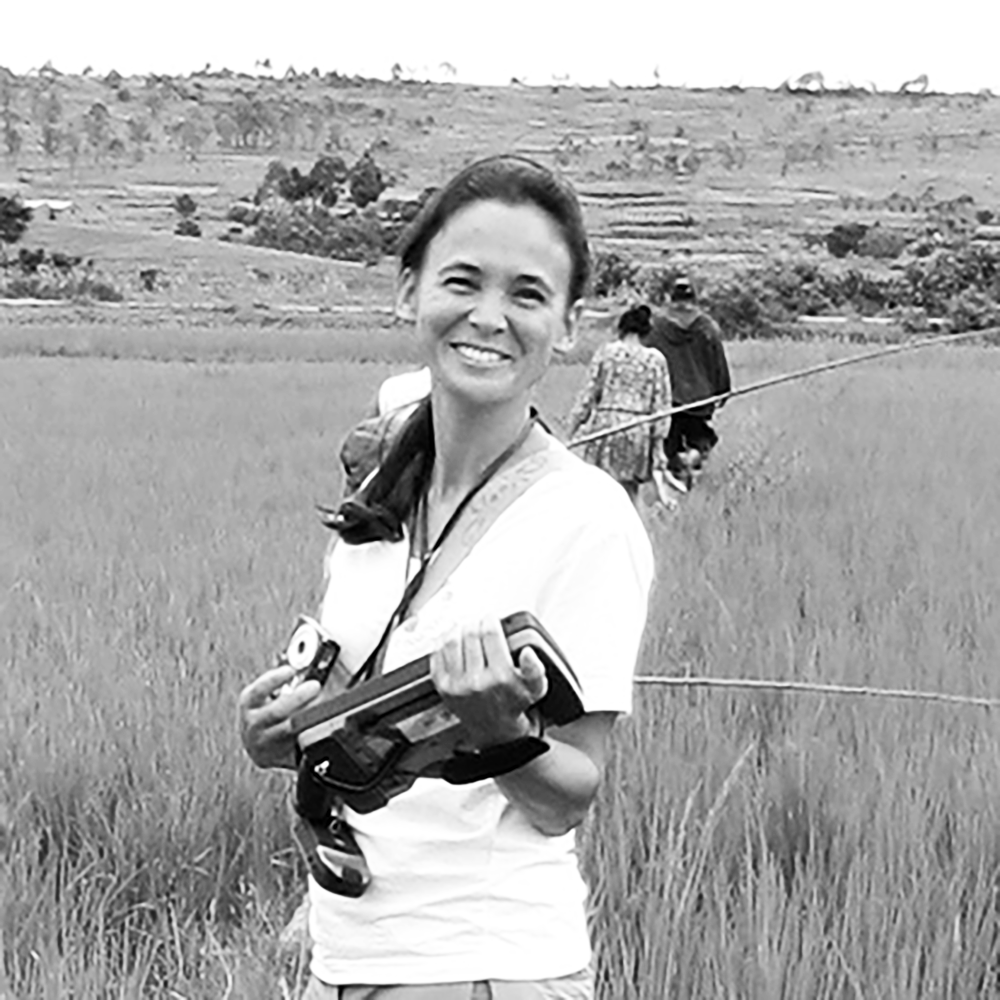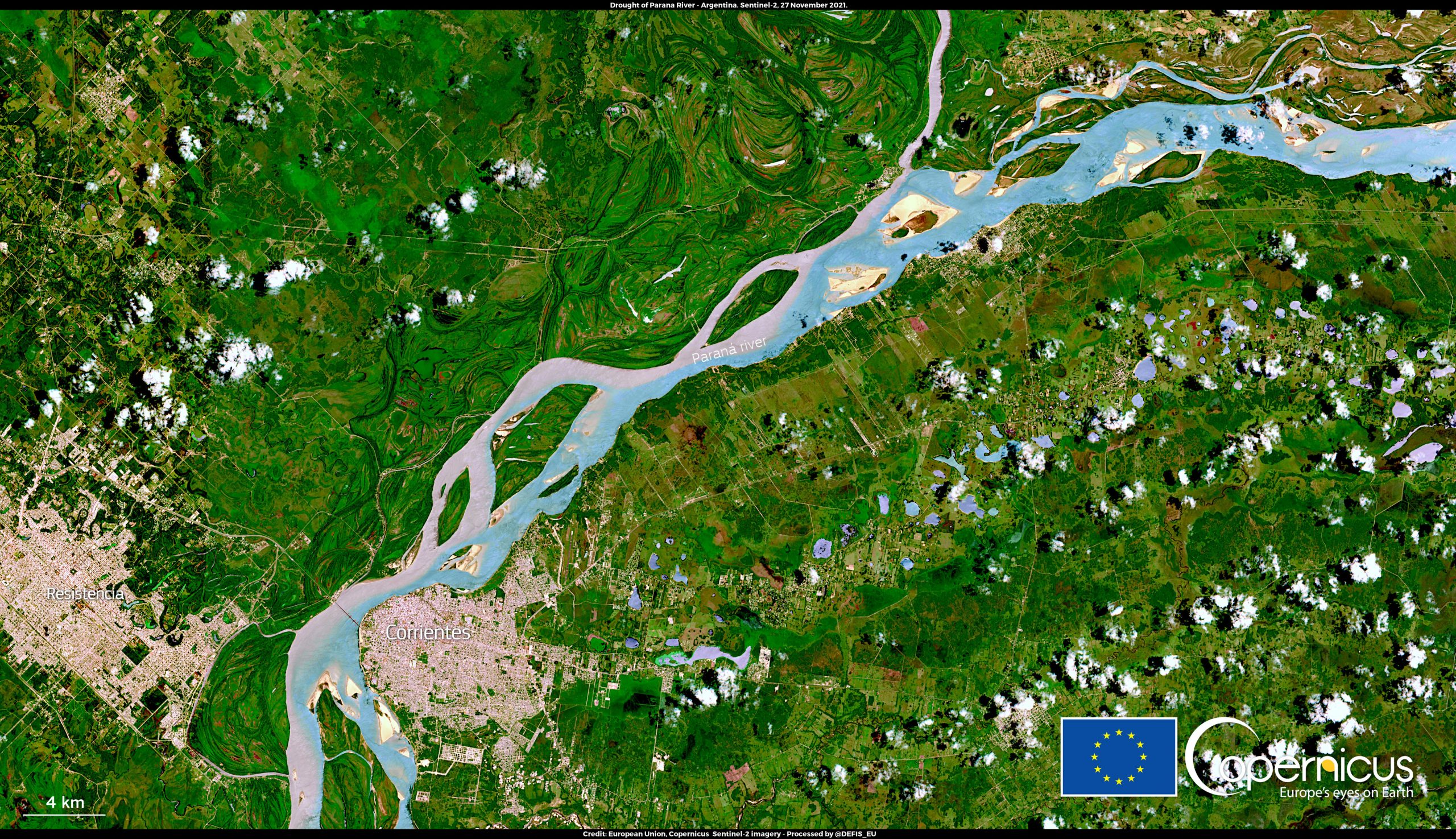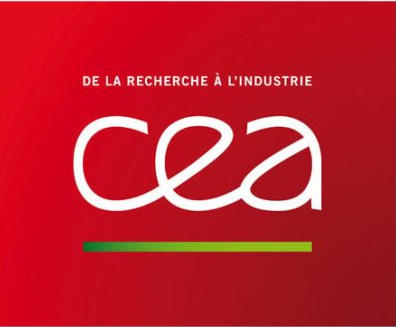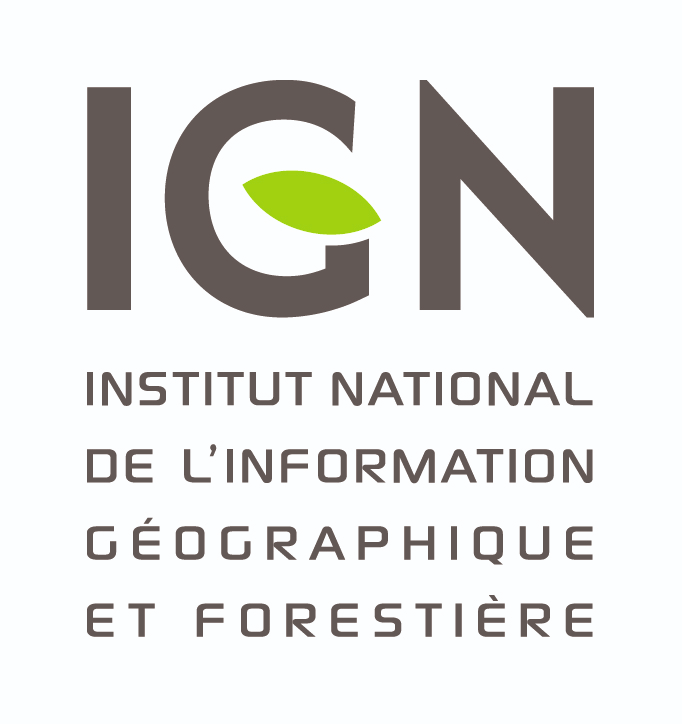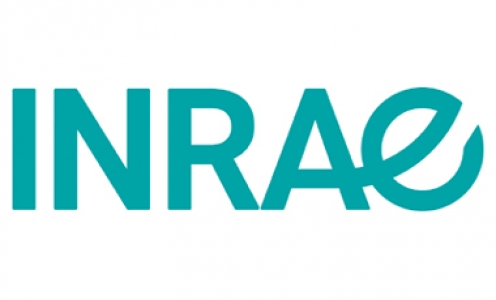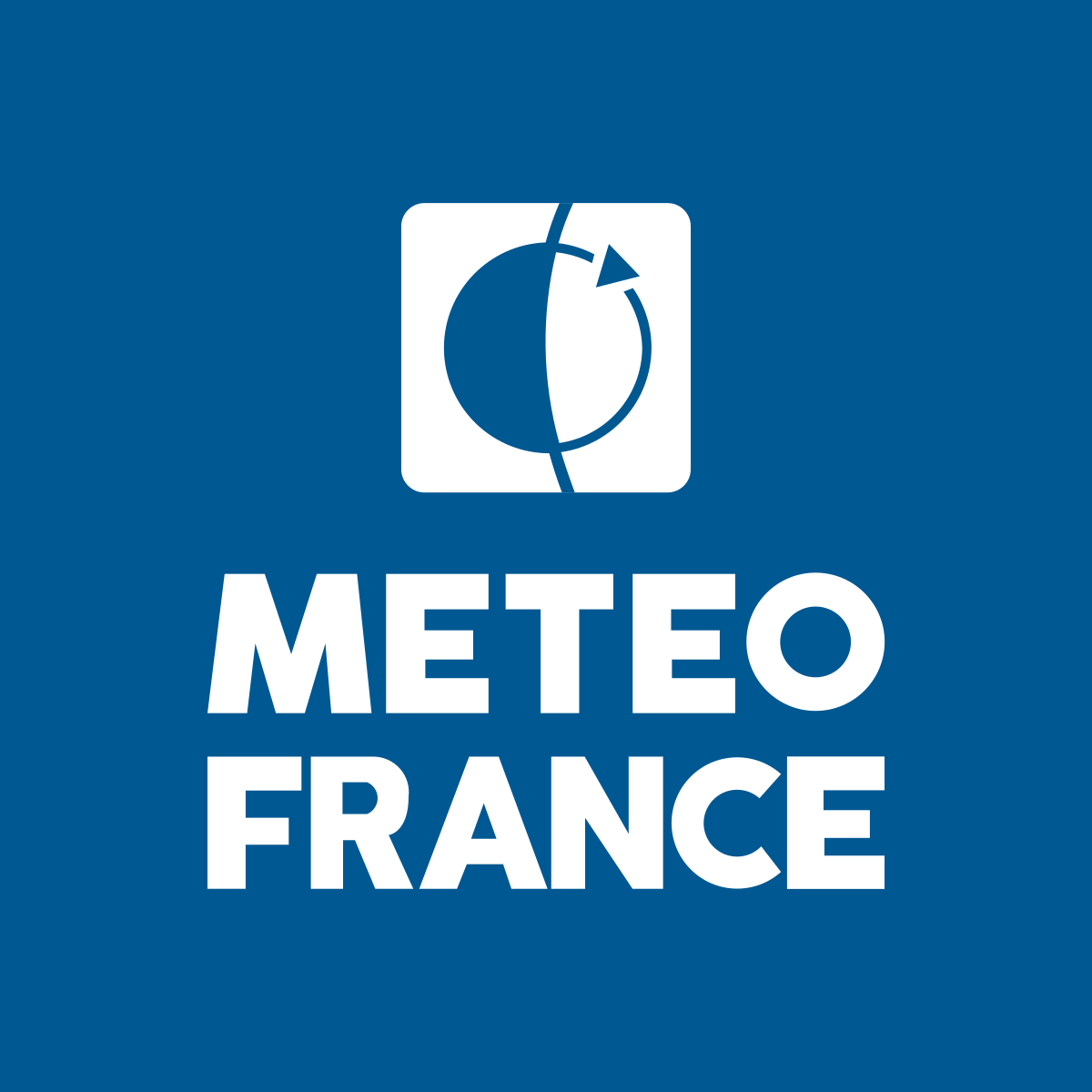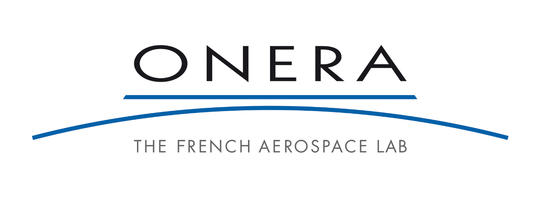TropiSCO: Monitoring Forest Cover Loss in Dense Forests
The objective of the TropiSCO project is to provide maps for monitoring forest cover loss in tropical dense forests using Sentinel-1 satellite images, starting in 2018 and continuing. The maps will be publicly accessible via a webGIS platform and provided at a temporal resolution of one week, a pixel size of 10 meters, and a smaller detection size of 0.1 hectare (corresponding to ten Sentinel-1 pixels). The added value of this detection system compared to other existing systems lies both in the fine spatial resolution and, above all, in the short detection time for forest cover loss, whatever the weather conditions, which is essential in the tropics for rapid interventions in the field.
A project bringing together many players
The TropiSCO project, accredited by the Space Climate Observatory in 2021, is being conducted by GlobEO in close collaboration with CNES and CESBIO. The project is divided into two phases A and B. The three objectives of phase A, which will end in April 2022, are the collection of user requirements, an analysis of the system architecture and the costs associated with each technical solution studied, and a demonstration of the concept in seven countries with the creation, by the company Someware, of a dedicated webGIS. The demonstration is made in Guyana, Suriname, Guyana, Gabon, Vietnam, Laos and Cambodia. The main objective of phase B will be to extend the method to all dense tropical forests.
Products adapted to user needs
At present, user needs have been collected via a questionnaire from 25 institutions and are being analysed. They provide us with valuable information to produce the most relevant mapping products possible. In parallel, the architecture of the production system is being studied at CNES, in order to design a technical solution adapted to the ambition of this project.
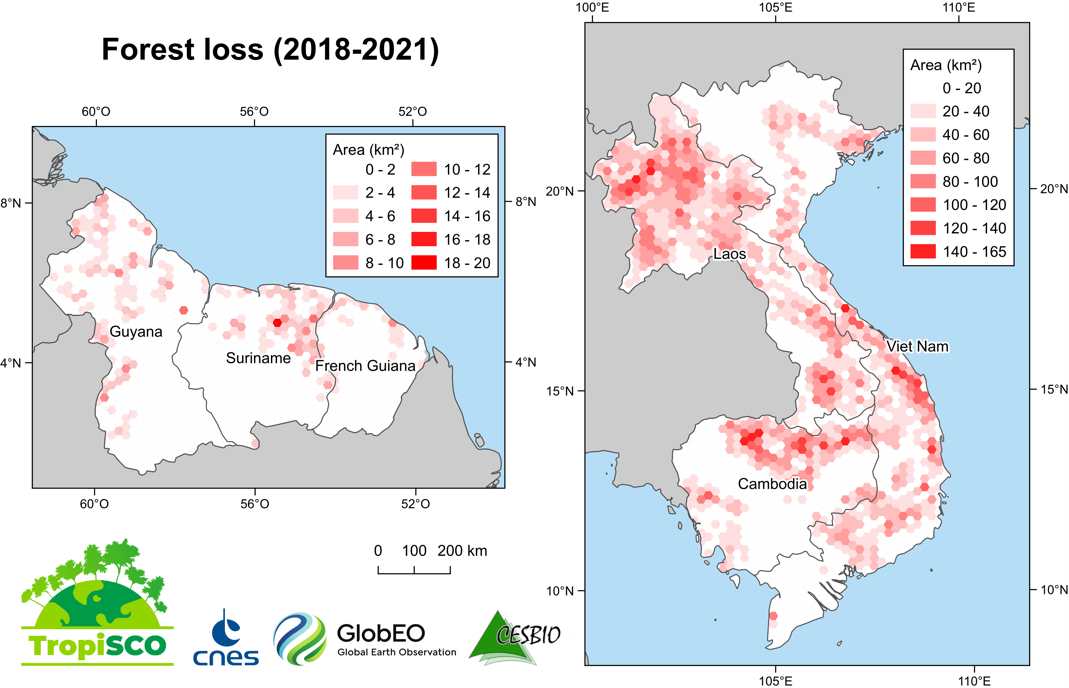
The products generated by the TropiSCO project consist mainly of maps of forest cover losses at high spatial and temporal resolution, and also of synthetic maps highlighting areas of significant activity, as well as monthly and annual statistics by territory (provinces, countries, etc.). Examples of synthetic products are shown in Figure 1. The red shading indicates the area of cut forest within each 460 km2 hexagon. Examples include gold mining in Suriname on the border with Guyana, as well as the cutting of tree plantations in central Vietnam and the conversion of natural forests to tree plantations in northern Laos. The contrast between northern Laos and Vietnam can also be seen, illustrating that forest exploitation and management is highly dependent on national strategy. More than 70,000 Sentinel-1 images were processed with CNES computing resources to produce maps of Vietnam, Laos and Cambodia, covering 1,230,000 km². For these three countries, the errors of omission and commission were estimated at 10% and 0.9% respectively, according to an adapted validation protocol (Mermoz et al., 2021).
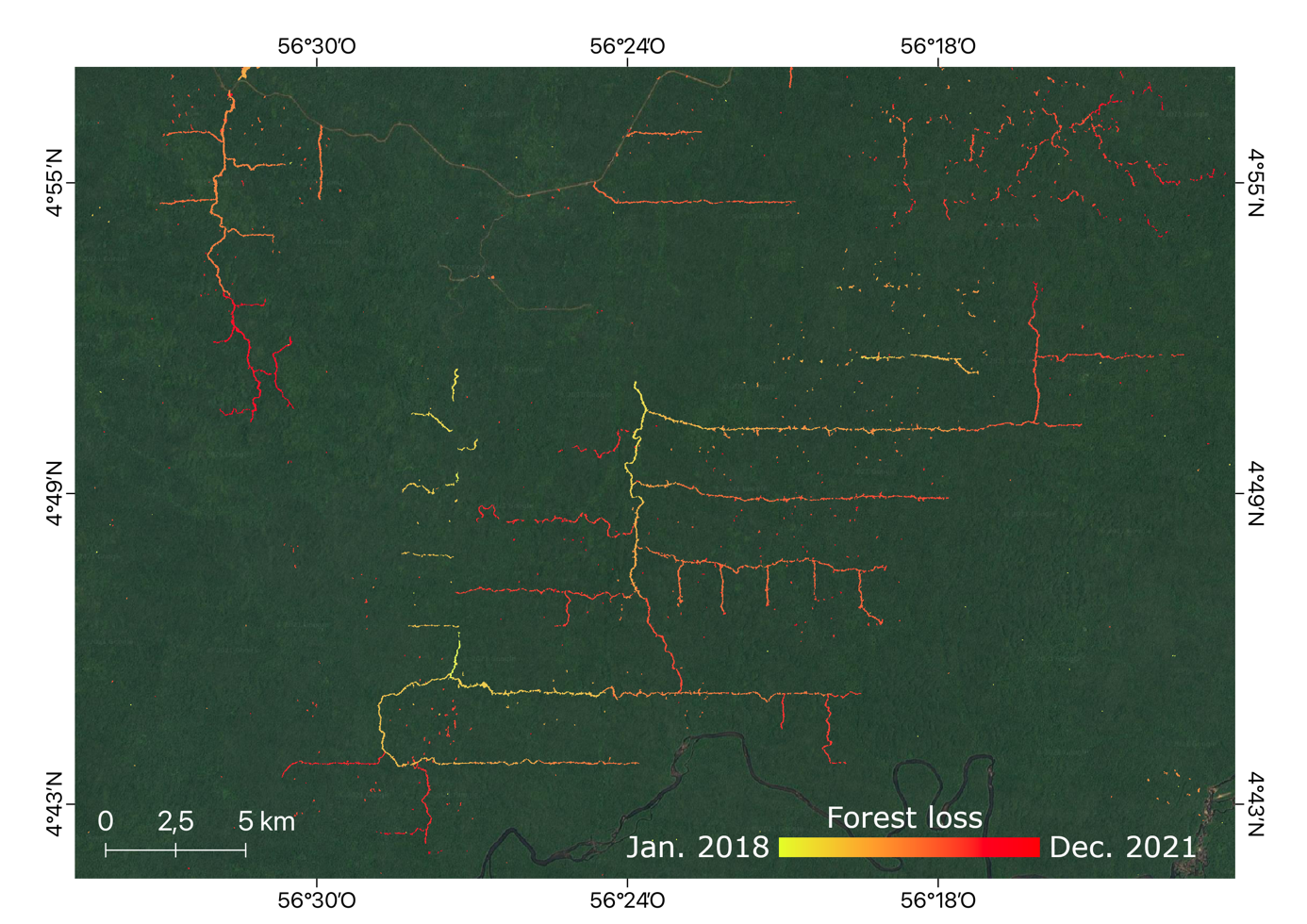
Figure 2 shows an example of a detection map over Suriname from 2018 to 2021. The colour gradations from yellow to red show the progressive evolution of forest roads over time. Selective logging (yellow to red dots) is visible between the roads.
This work was presented on 11 October 2021 at the THEIA workshop on the uses of remote sensing for forestry, and on 20 January 2022 at the third Quarterly Meeting of the SCO France. By the end of phase A, the TropiSCO team will be working on the complete automation of the processing chain and on the production of forest loss maps for Gabon. The webGIS will be open and accessible to all in April 2022.
Stéphane MERMOZ, GloBEO, CESBIO
www.spaceclimateobservatory.org/tropisco-amazonia
www.spaceclimateobservatory.org/tropisco-africa
Reference
Mermoz et al. (2021). Continuous Detection of Forest Loss in Vietnam, Laos, and Cambodia Using Sentinel-1 Data. Remote Sensing, 13(23), 4877. doi.org/10.3390/rs13234877

